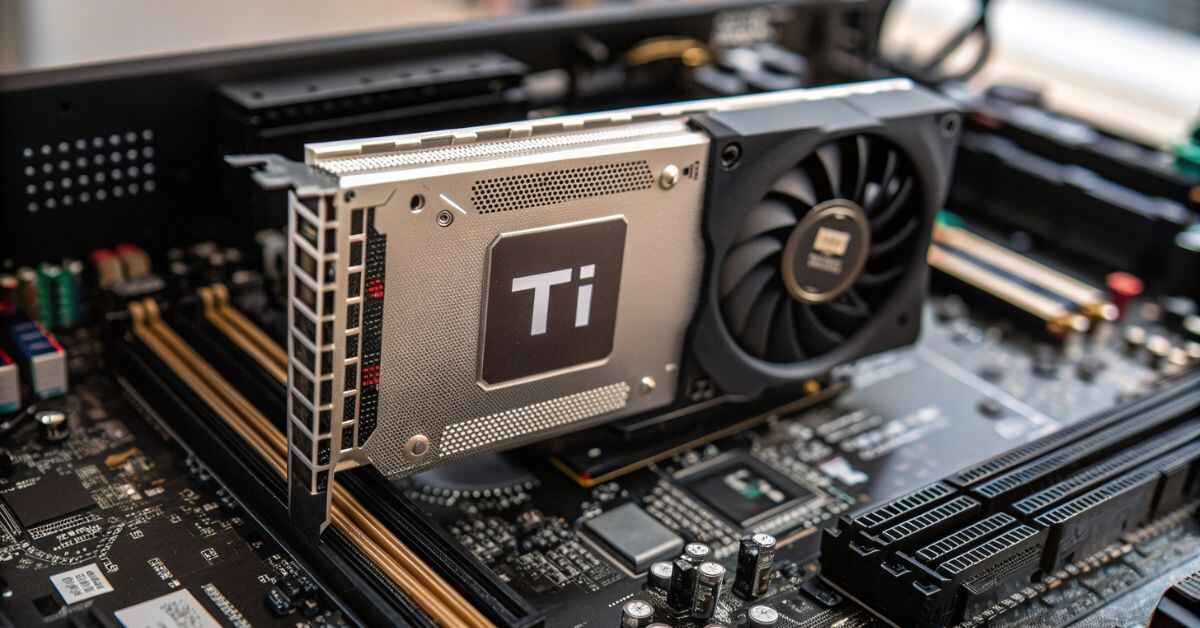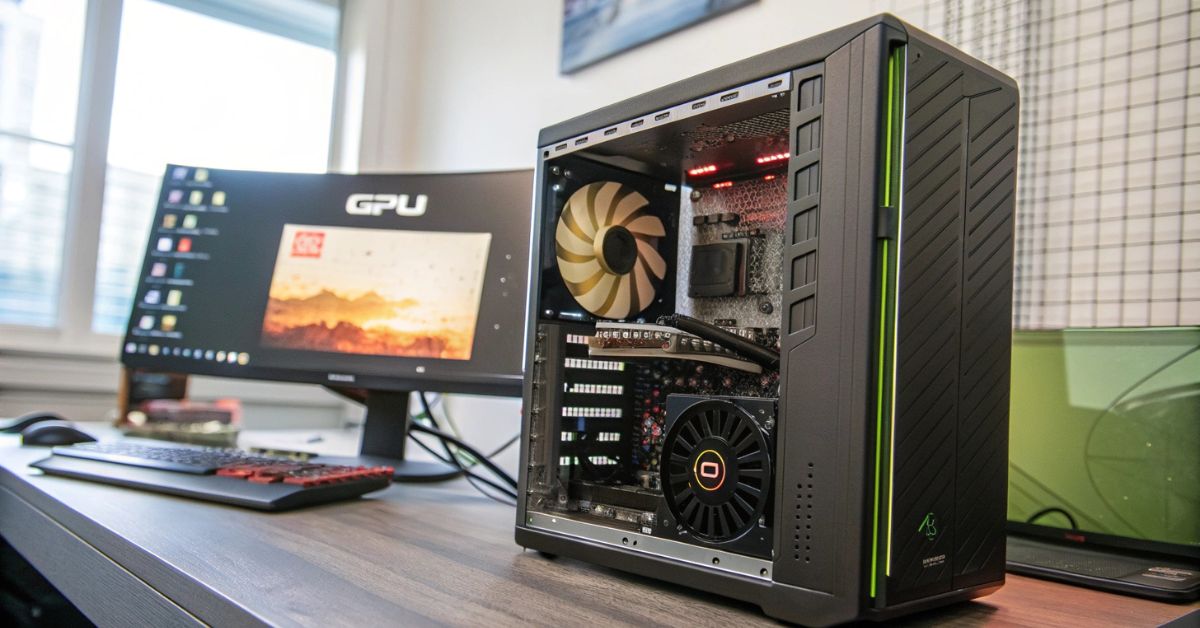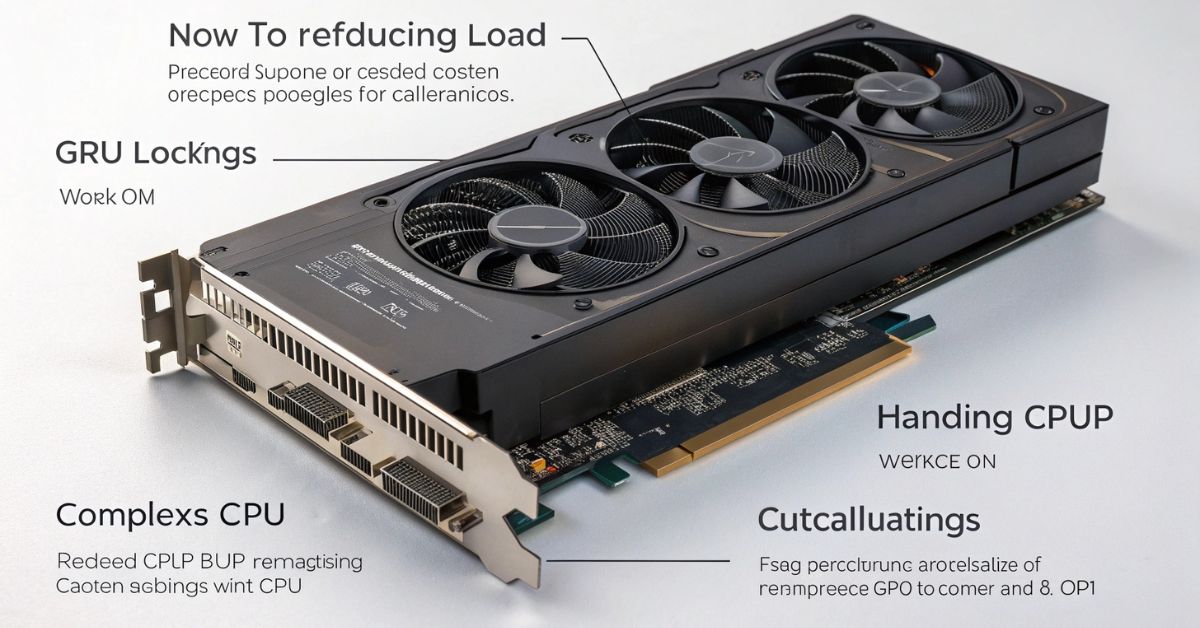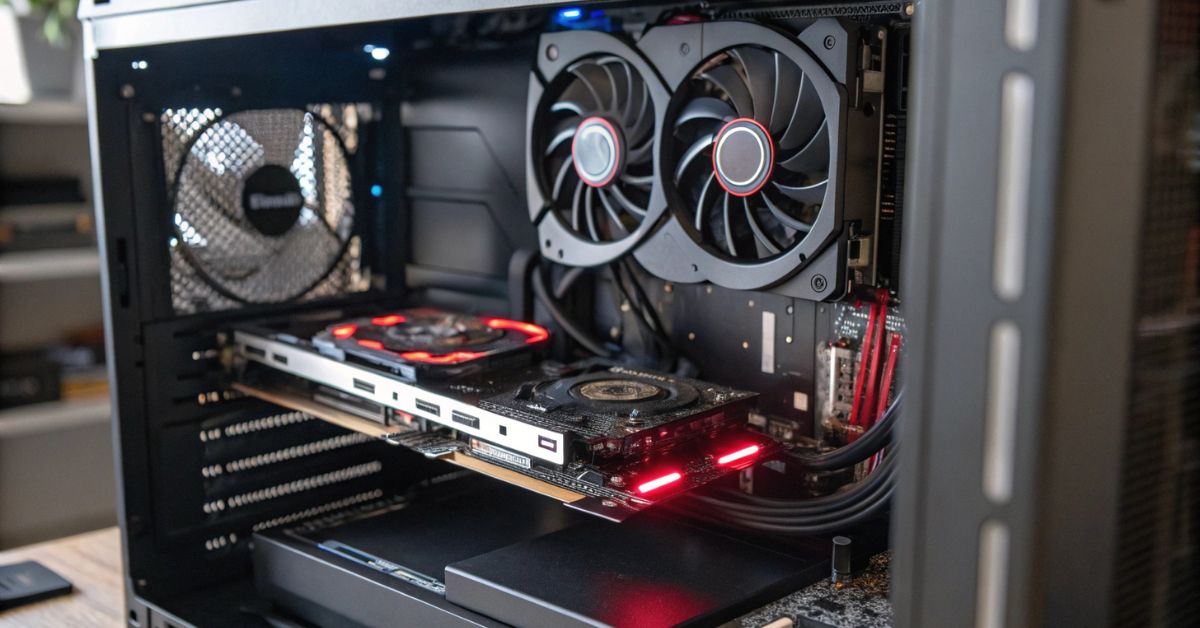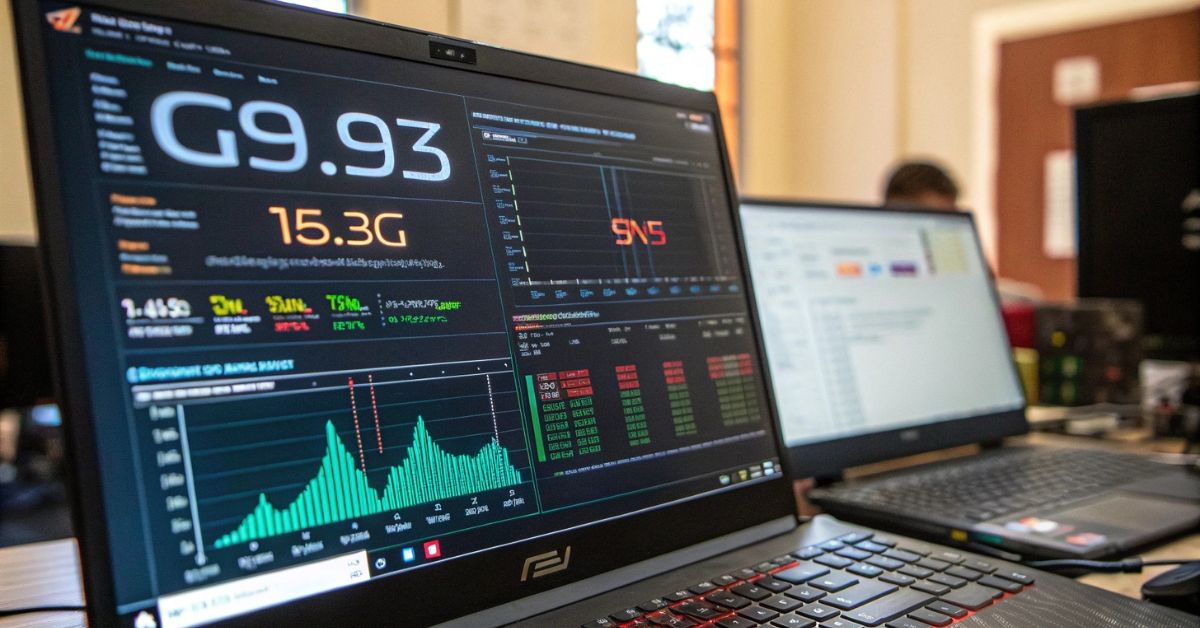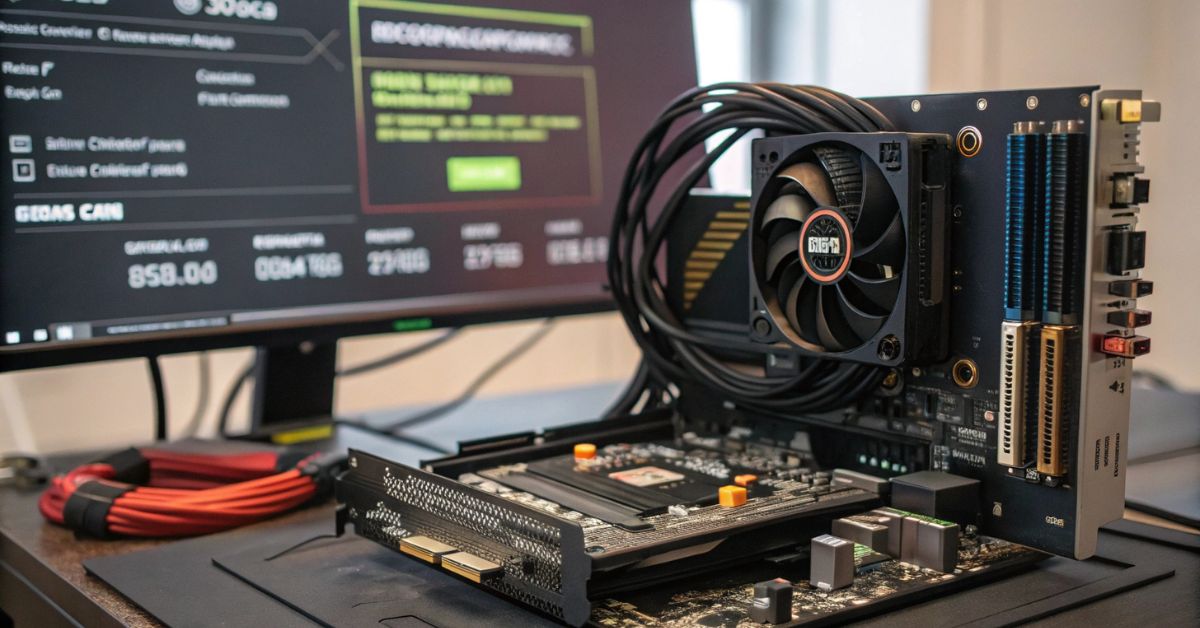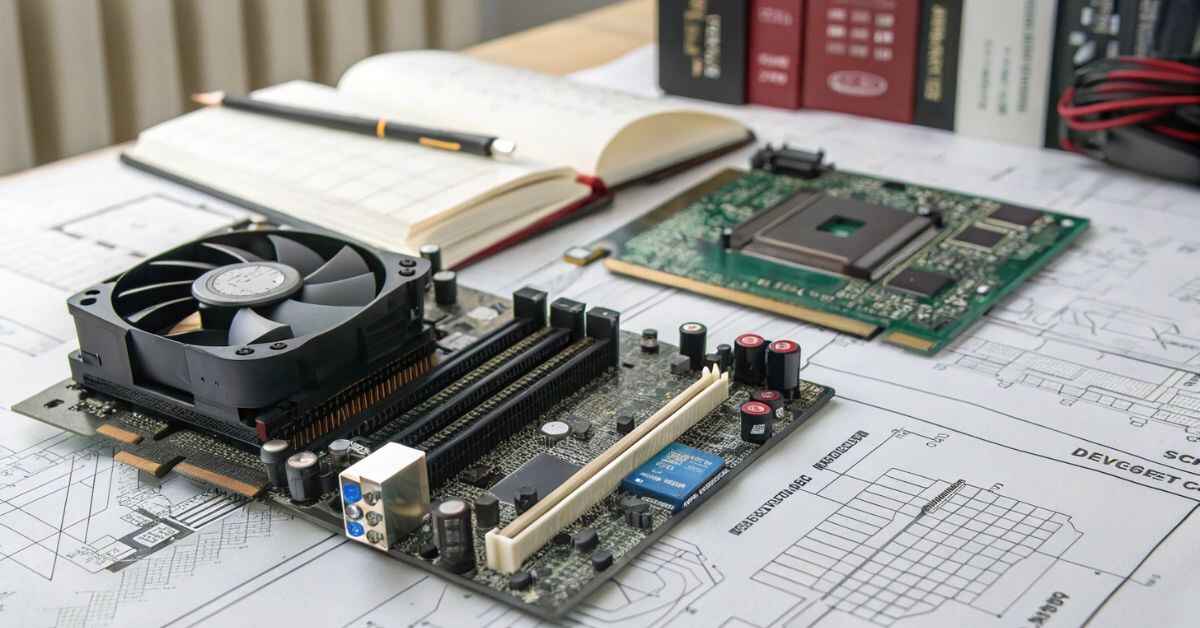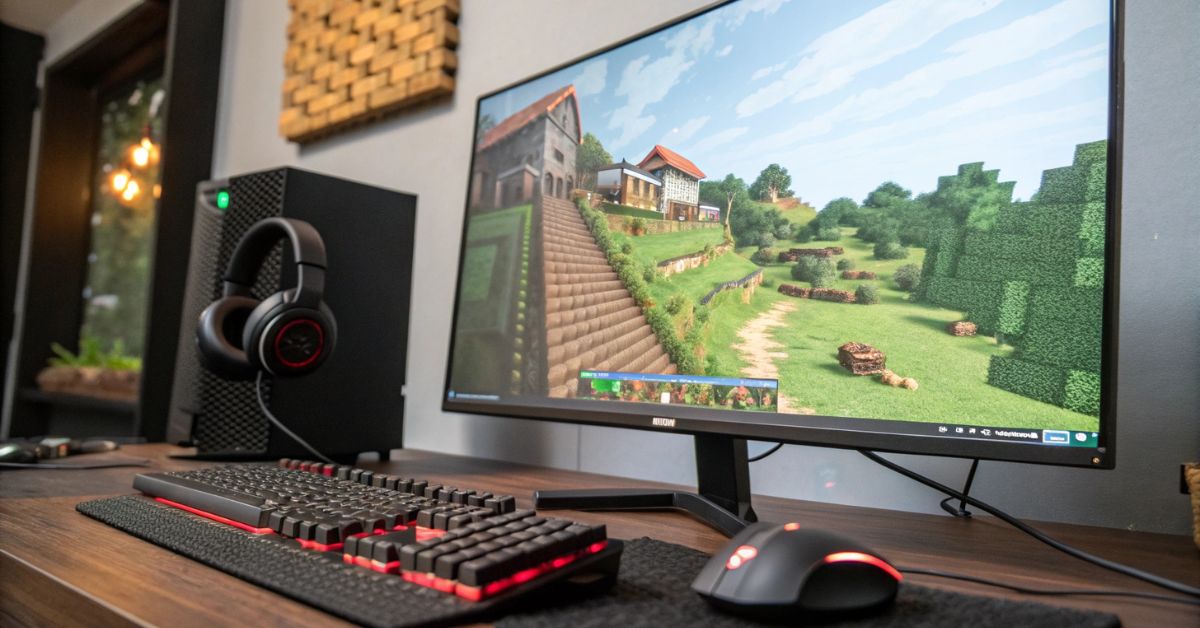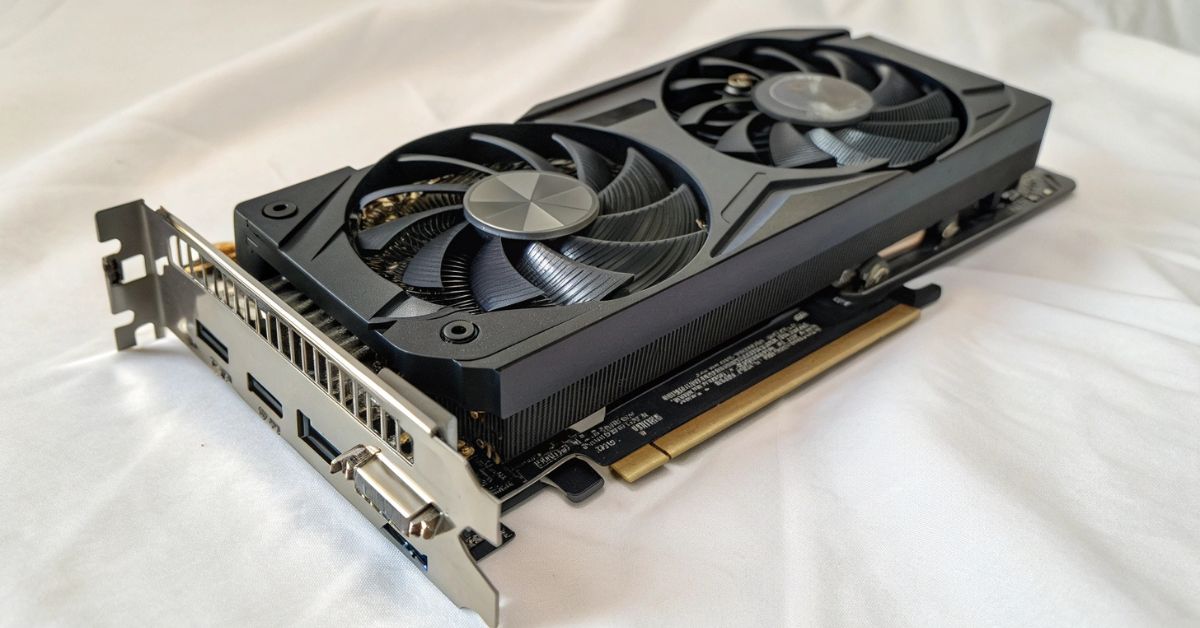“TI” is for “Titanium” at NVIDIA’s GPU naming conference. Although this does not mean that the card has physically titanium, it is used as a branding word to show increased performance compared to the non-TI version of the same graphics card.
For example:
- The RTX 3060 vs RTX 3060 ti → TI version provides better speed and efficiency.
- RTX 4070 vs. RTX 4070 TI → TI version often improves more cuda core, high clock speed and better Vram bandwidth.
In short, when you see TI in a GPU, it usually means that it is a mid-step between the base model and the next high model, which offers a strong performance without being expensive as the top-level option.
Why does Nvidia use TI in GPU?
Performance Discrimination
Nvidia uses the TI label to separate the level of performance within the same generation. Gamers who require more power than standard models, but do not significantly want to jump into the pricier card, often select the TI version.
Market status
Adding a TI model allows Nvidia to fill the performance difference between two GPUs. For example, the RTX 3070 TI sits between RTX 3070 and RTX 3080, giving buyers an intermediate option.
Branding Strategy
The term “titanium” suggests something stronger and more powerful, which helps these GPUs to these GPUs as a premium yet in the market as an affordable upgrade.
TI GPUS vs Non-TI GPU: Major Difference!
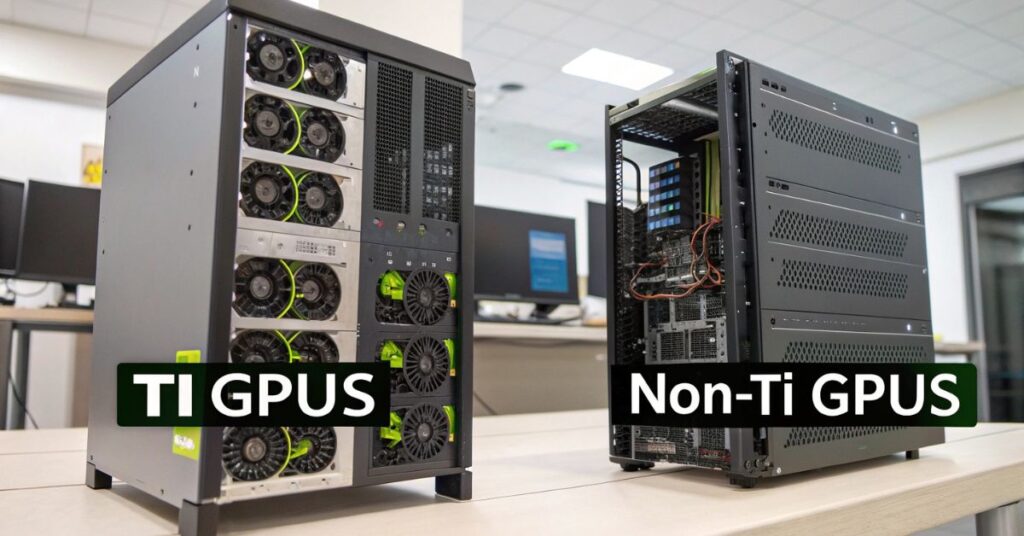
Cuda core and clock speed
The TI models usually come up with more CUDA core, leading to rapid rendering and better gaming performance. They may also have a slightly higher base and can promote clock speed.
Memory Bandwidth
In some cases, the TI card consists of broad memory buses or rapid VRAMs, which helps to handle 4K gaming, and tracing and heavy charge.
Price-to-demonstration ratio
Non-TI versions are more budget-friendly, but TI versions often provide better performance per dollar for serious gamers and creators.
Is a Ti GPU worth it?
The value of a TI GPU depends on your needs:
- For Gamers: If you play modern AAA games on 1440p or 4K resolution, a TI GPU is usually worth it for smooth frame rates.
- For material creators: Video Editor, 3D designer, and streamers additional Cuda core and rapid processing power.
- For budget buyers: If you are on a strict budget, a non-TI card may be sufficient for 1080p gaming or light editing.
In simple words: If you want future-proof performance, the TI version is often a smarter option.
FAQs:
1. What does TI mean in GPU?
The TI NVDia stands for the titanium in the graphics card, which represents a performance-dreamed version of the base GPU model.
2. Is TI better than Super in JPU?
Both TI and super versions indicate upgrades, but TI is generally more powerful. Super models often sit close to the base version, while the TI models provide a large performance boost.
3. Does TI mean that the GPU is made of titanium?
No, the name is purely marketing terminology. GPU does not have physical titanium; This simply means strong performance.
4. Is it worth upgrading to a Ti GPU?
Yes, if you want better gaming performance, high resolution and prolonged views, then a TI GPU is worth investing.
5. Which is better: RTX 4070 or RTX 4070 TI?
RTX 4070 TI provides high performance, especially for 4K gaming and rand tracing, but it comes at a higher price. For casual gamers, standard RTX 4070 may be sufficient.
Final thoughts:
So, what is Ti in GPU? Simply put, it means that titanium, a label Nvidia uses to highlight the enhanced versions of its GPU. The TI models bridge the gap between the standard and the high end card, offering additional performance for gaming, video editing and professional tasks.
If you are a serious gamer or material manufacturer, the TI version often deserves additional costs as it provides better speed, high efficiency and future-proof performance.
However, contingent gamers on a budget can still find non-TI models perfectly suitable. Finally, the selection between TI and non-TI GPU depends on your needs and budget-but one thing is clear: when you see “TI” in the GPU name, expect more power under the hood.
Also Read:





